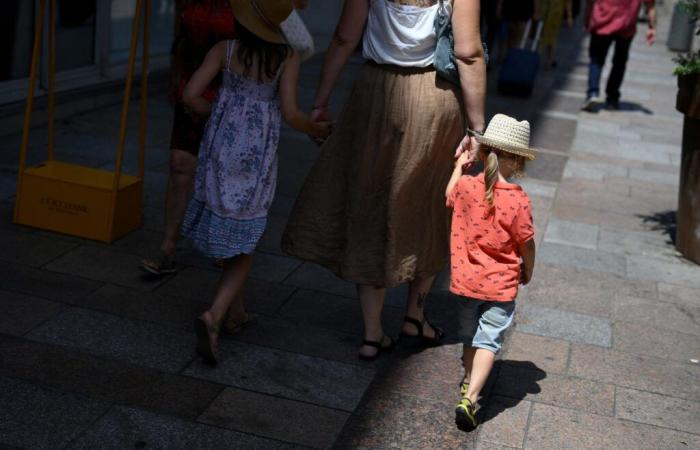In a report published Wednesday, November 20, the Defender of Rights urges the government to act on the repercussions of climate change on children. “The fact is known: if children are the least responsible for environmental damage, they are the most exposed to it and are the first victims”insists Claire Hédon in this document published on the occasion of International Children's Rights Day.
Read also: Climate change explained to children in 8 questions
Read later
“These risks manifest themselves in all their living spaces: in their immediate environment – their home or place of life –, in all the places that welcome them and in outdoor spaces”adds the representative of the independent authority. On a global scale, “more than 99% of them are exposed to a climatic and environmental risk factor” et “a quarter of deaths of children under 5 are directly linked to pollution phenomena”highlights Mme Hedon.
But despite the“urgency to act”the public policies implemented “do not sufficiently take into account the particular vulnerability of children and the worsening consequences of the environmental crisis underline the growing burden that future generations will have to bear”we can read in the report.
Read also (2023): Air pollution still prematurely kills 1,200 children and adolescents per year in Europe
Read later
Faced with this observation, the Defender of Rights calls on public authorities to act in order to “guaranteeing present children and future generations the satisfaction of their essential needs: breathing, drinking and eating healthily, and living in safety in conditions dignified and respectful of their well-being and health”.
It makes twenty recommendations, including those of accelerating the renovation of school buildings and all places welcoming children or even generalizing, within hospitals, consultations devoted to prenatal exposure to pesticides.
The independent authority also calls for “rethinking public spaces from a children’s perspective” to reduce their exposure to pollution, in particular by generalizing the pedestrianization of areas near educational and extracurricular establishments and by developing alternative transport to the car.
She also considers it necessary to think about adapting the school day and the school vacation calendar in order to “better take into account climate change and their differentiated effects on a national scale”.






